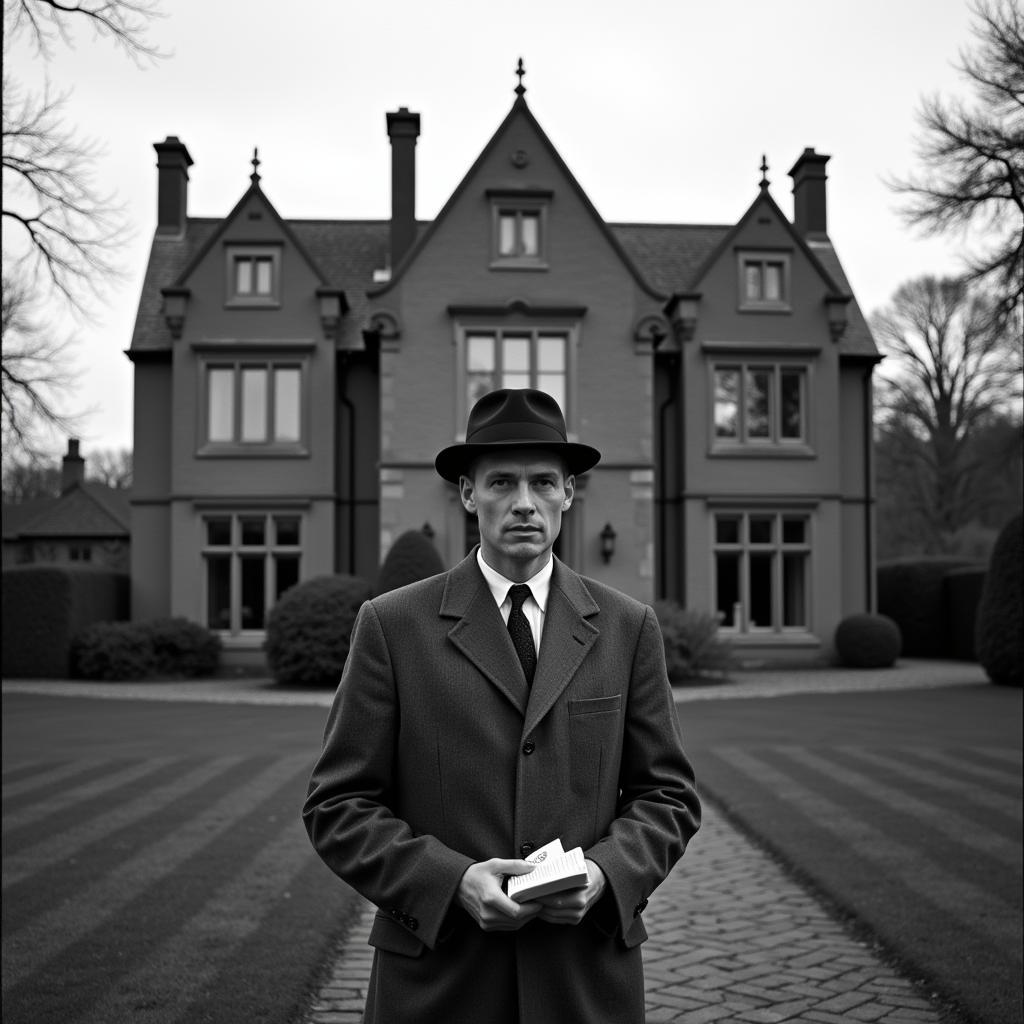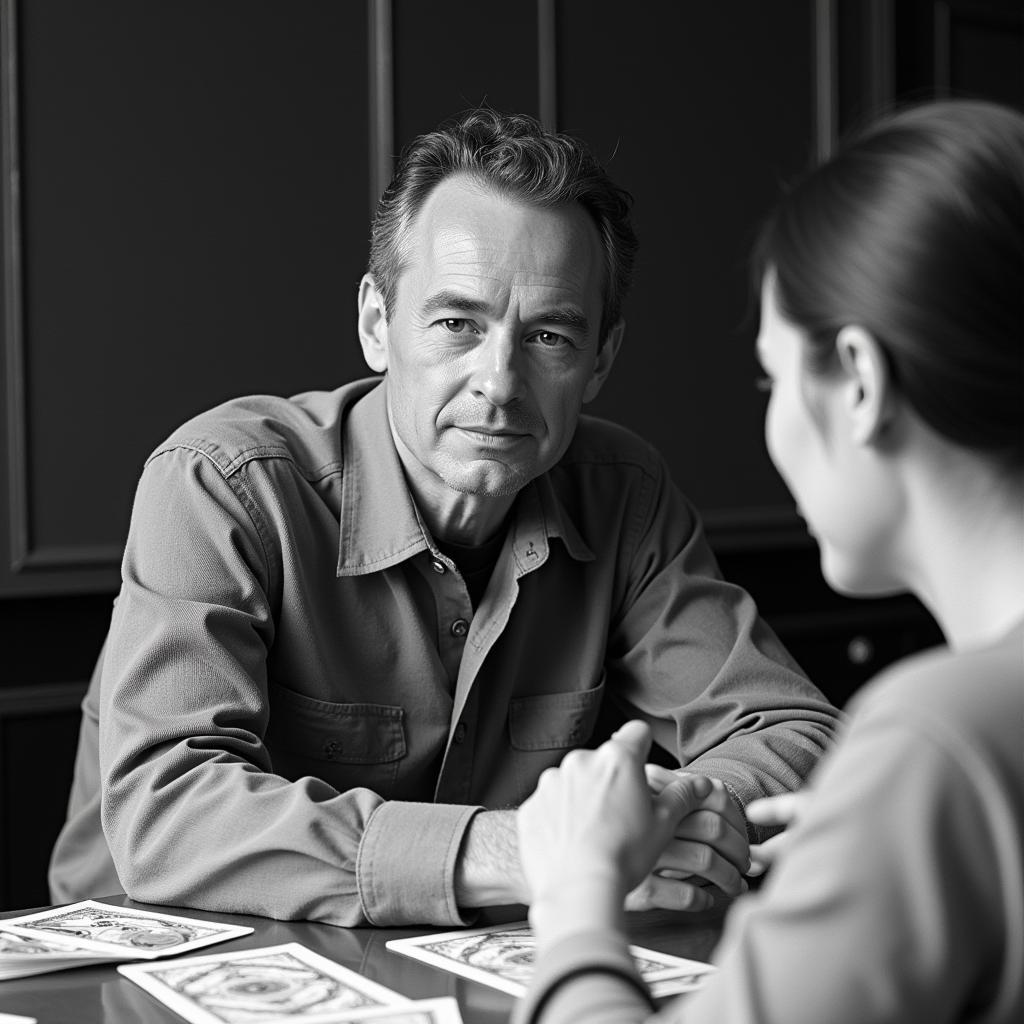Understanding the vast and often perplexing world of paranormal research requires a roadmap—a guide to the key figures and their groundbreaking contributions. Matching each research method or finding with its corresponding researcher not only brings clarity to this fascinating field but also allows us to appreciate the unique perspectives and methodologies employed by these intrepid explorers of the unknown. This article delves into the lives and legacies of prominent figures in paranormal research, highlighting their specific areas of expertise and the impact they’ve had on our understanding of unexplained phenomena.
Pioneering Figures and Their Paranormal Pursuits
From ghostly apparitions to claims of extraterrestrial encounters, the realm of paranormal investigation encompasses a wide spectrum of mysterious occurrences. Throughout history, a select group of individuals dared to explore these uncharted territories, dedicating their lives to unraveling the secrets behind these unexplained events.
Harry Price and the Borley Rectory Haunting
No exploration of paranormal research would be complete without acknowledging the significant contributions of Harry Price. Widely regarded as a pioneer in the field, Price is best known for his meticulous investigation of Borley Rectory, a site purported to be the most haunted house in England.
 Harry Price at Borley Rectory
Harry Price at Borley Rectory
Price’s approach emphasized scientific rigor, utilizing recording devices, cameras, and a team of dedicated observers to document any unusual occurrences. While his findings at Borley Rectory remain a subject of debate, Price’s commitment to systematic investigation helped establish a standard for future paranormal researchers.
J.B. Rhine and the Dawn of Parapsychology
Joseph Banks Rhine, often referred to as J.B. Rhine, is credited with transitioning paranormal research from anecdotal accounts to a more experimental approach. A botanist by training, Rhine’s interest in the paranormal led him to establish the Duke Parapsychology Laboratory at Duke University in 1935.
 J.B. Rhine and Zener Cards
J.B. Rhine and Zener Cards
Rhine’s experiments, often involving Zener cards to test for extrasensory perception (ESP), aimed to quantify and analyze paranormal phenomena under controlled conditions. His work, although met with skepticism from some, helped lay the foundation for the development of parapsychology as a distinct field of study.
Ed and Lorraine Warren: Demonologists and Paranormal Investigators
The husband-and-wife team of Ed and Lorraine Warren needs little introduction, their investigations having inspired countless books and films. Ed, a demonologist, and Lorraine, a trance medium, dedicated their lives to investigating and documenting cases involving demonic hauntings, possessions, and other paranormal occurrences.
Their most famous cases, including the Amityville Horror and the Enfield Poltergeist, brought demonic hauntings into the public consciousness. While their work has been the subject of much scrutiny and debate, the Warrens’ unwavering belief in the reality of the paranormal continues to captivate and inspire both skeptics and believers alike.
The Importance of Connecting Researchers and Their Work
The task of matching research methods or findings with their corresponding researcher is not merely an academic exercise. It’s about recognizing the pioneers who ventured into the unknown, often facing ridicule and disbelief, to shed light on the unexplained. By understanding their individual approaches, strengths, and areas of expertise, we gain a deeper appreciation for the complexities of Paranormal Research and the dedication of those who dared to explore it.